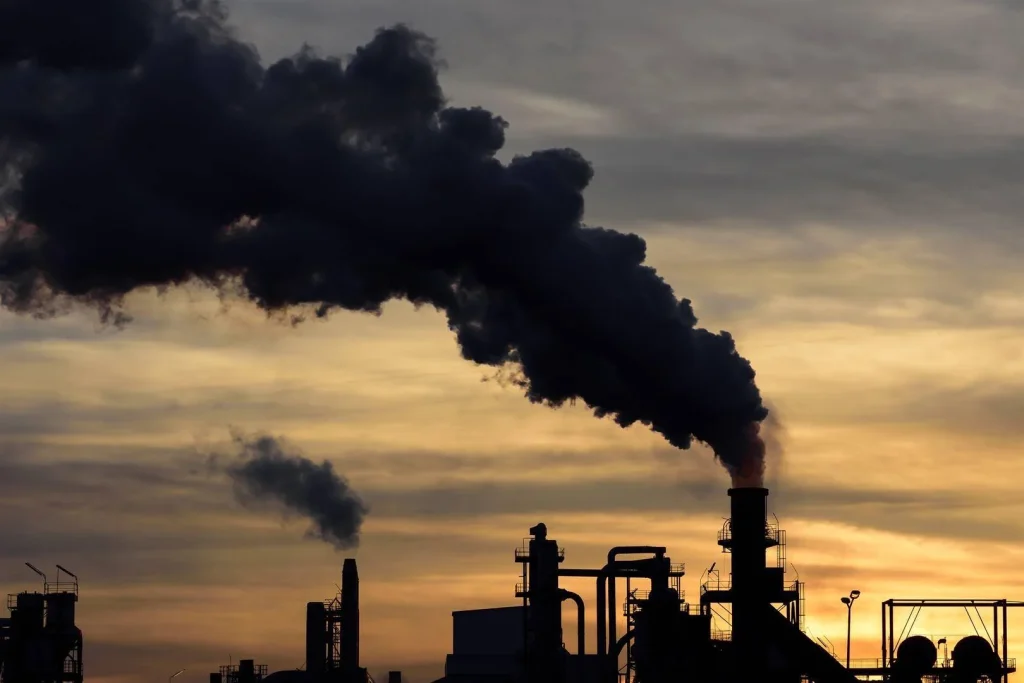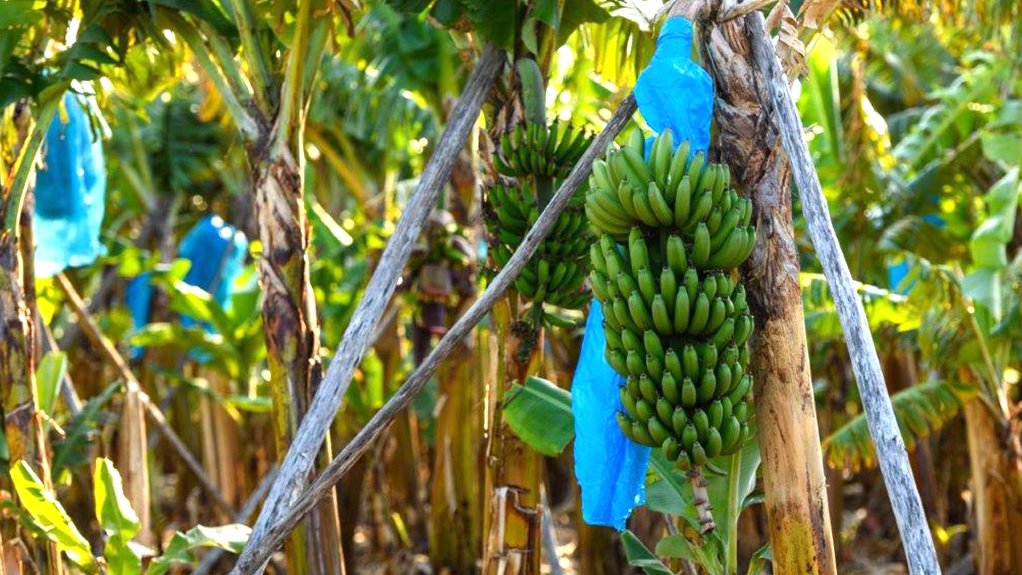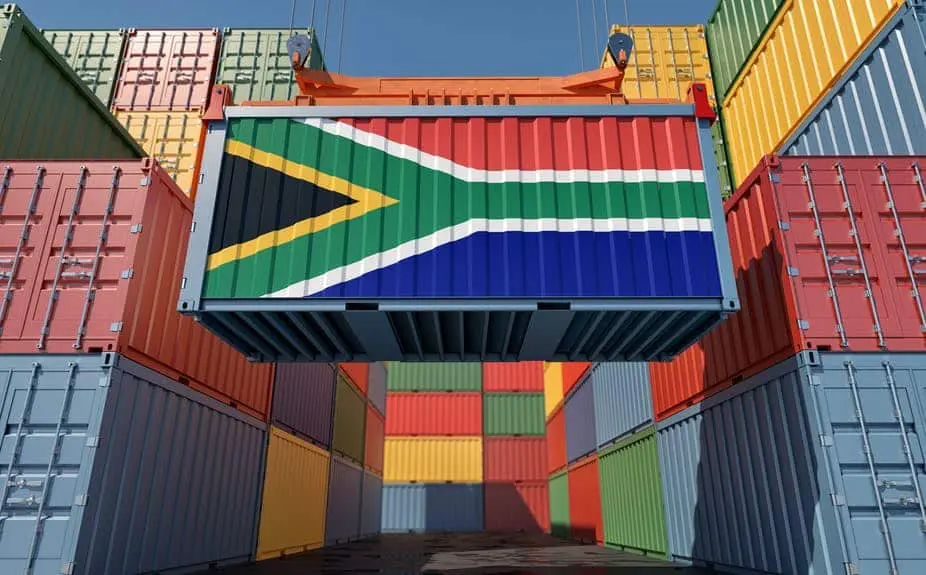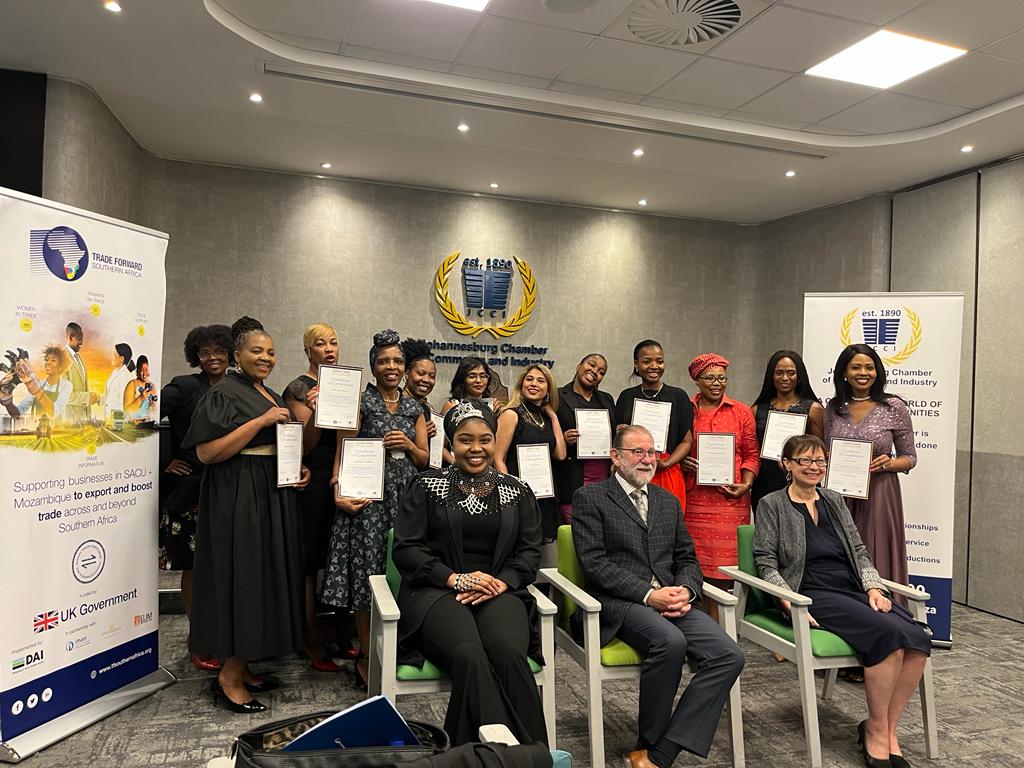As African nations seek to minimise energy poverty, they find themselves at a unique crossroads in 2023.
While most are faced with a woeful lack of power-generating infrastructure, they could have an unprecedented bounty of options to solve that problem going forward. Tried and true fossil fuel technology will remain an important part of the solution, but renewable energy sources are poised, both technologically and politically, to begin filling the gaps.
Additionally, Africa’s climate and geography are ideally suited to take advantage of renewable energy, giving the continent a bright outlook for growth in this sector over the coming decades, particularly in the area of green hydrogen.
Moving in the right direction
According to the African Energy Chamber’s (AEC) recently released “State of African Energy 2023 Q1 Report,” Africa currently contributes only around 2% of global solar photovoltaic (PV) energy and 1% of global wind energy and, therefore, will continue to need fossil fuels to achieve its energy goals during the next decade and beyond.
Natural gas is the largest source of power in Africa at 45% in 2023 and will likely remain above 40%, at least through 2030, with an upstream gas potential north of 450 trillion cubic feet (tcf) still in development.
The majority of Africa’s renewable energy capacity has been driven by projects mainly in Egypt, Morocco, Mauritania and South Africa. Our continent’s 2023 renewable energy capacity (defined as solar, wind, and hydrogen electrolysers in our report) is expected to reach 21.5 gigawatts (GW) this year and increase to nearly 30 GW by 2025.
That upward trend will become more pronounced going forward as new solar and wind projects come online in Morocco, Algeria and Ethiopia, along with project expansions in Egypt and South Africa.
The total capacity of all projects currently on the board—including those still in the concept phase — should peak above 280GW by around 2035-2036. Then, there’s hydrogen capacity, also picking up in Africa: Our continent is expected to provide as much as 7% of global hydrogen capacity by 2035.
Green hydrogen’s huge potential
Hydrogen has long been recognised as a powerful and clean-burning source of energy, but it isn’t readily available on Earth in gaseous form, and separating it from water takes a lot of energy in its own right.
Burning oil and coal to make hydrogen never made good economic sense, and difficulties with storage and transport only added to the disincentives. Such “brown” hydrogen in Africa today is mainly used in the production of ammonia-based fertiliser.
The recent growth in renewables, however, has given new hope to those who dreamed of abundant carbon-free hydrogen. By using solar and wind energy to produce green hydrogen, clean energy begets more clean energy, and hydrogen can then carry the load when the wind won’t blow, and the sun won’t shine, neutralising one of the biggest criticisms of renewables.
While Asia, Europe and North America remain far ahead of Africa in terms of wind and solar capacity, none of them has yet established a big head start in green hydrogen production. Africa now finds itself at the same starting line as everyone else, and the possibilities are indeed great. The increasingly urgent drive to fight climate change around the world is making capital available for projects as never before, and African nations are putting their hands in the pot.
The European Union’s recently unveiled Green Deal Industrial plan aims to promote renewable and hydrogen developments in Africa.
According to the AEC report, Namibia has signed hydrogen export agreements with Germany and South Korea, Mauritania is building its pipeline capacity, and South Africa controls about 90% of the world’s reserves of platinum group metals, which are critical for the manufacture of polymer electrolyte membrane electrolysers.
CWP Global, the largest renewable energy producer in Africa with nearly 25% of the current announced capacity, is working along with North American company Bechtel on projects in Mauritania, Morocco and Djibouti, totalling 88.5 GW capacity when completed. The growth in hydrogen could boost Africa to 7% of global renewable capacity by 2035.
A 2022 study commissioned by the European Investment Bank, the International Solar Alliance and the African Union, with the support of the government of Mauritania, HyDeal and UCLG Africa, determined that a €1 trillion investment in the production and transmission of green hydrogen could deliver the equivalent of more than one-third of Africa’s current total energy consumption (an additional seven exajoules of energy to the consumption of 19.9 exajoules in 2021).
The study suggested that hydrogen could eventually be viably produced for USD2 per kilogramme — nearly half the price of hydrogen from the rest of the world.
The International Energy Agency (IEA), in its Africa Energy Outlook 2022, stated that global declines in the cost of hydrogen production could allow Africa to export green hydrogen to Europe at internationally competitive prices by 2030. Taking it a step further, the IEA predicted that in the long term, Africa is capable of producing as much as 5 000 megatons of hydrogen a year — equivalent to the total global energy supply today. Key to this prediction is IEA’s estimate that Africa —and North Africa, in particular— has 60% of the world’s best solar resources, along with massive wind potential around the northern and southern coasts and the Horn of Africa.
In addition to energy production, green hydrogen offers a couple of other benefits worth noting. Since burning hydrogen creates water, hydrogen infrastructure can directly impact the supply of clean water in places where drought and chronic water shortages are frequent threats. Increased fertiliser production using that same hydrogen can also strengthen Africa’s food security by making more lands more fertile.
Getting there
The promise is great, but promise doesn’t materialise without practice. Realising the potential of renewable energy and green hydrogen in Africa will take more than just throwing money at the problem. African nations need to lay the economic, legal and political frameworks necessary for this new industry to grow and thrive—and to ensure that African people, businesses and communities realise the economic opportunities a renewable energy industry will offer.
National planning and sound regulation will be needed to provide stability and accountability. Incentives will help mobilise private sector investment, and pilot projects can demonstrate the viability of the technology to both investors and the public. Domestic and international import/export partnerships based on market principles will build demand, as will public education about the benefits of renewable energy. Education to build a skilled African workforce that can maintain, develop and innovate these technologies without heavy reliance on foreign suppliers is also a crucial element for energy independence. Building human capital is as important as building physical infrastructure if this endeavour is to succeed.
Though fossil fuels are far from dead and still have an important place in Africa’s energy mix, renewable energy will play an increasingly important role in Africa’s future. By capitalising on its greatest natural assets and partnering with an eager and hungry international market, Africa can ensure a prosperous future where millions of people can finally turn on the lights.
Distributed by APO Group on behalf of the African Energy Chamber.
* Ayuk is the executive chairperson of the African Energy Chamber.
Source Article: News 24








